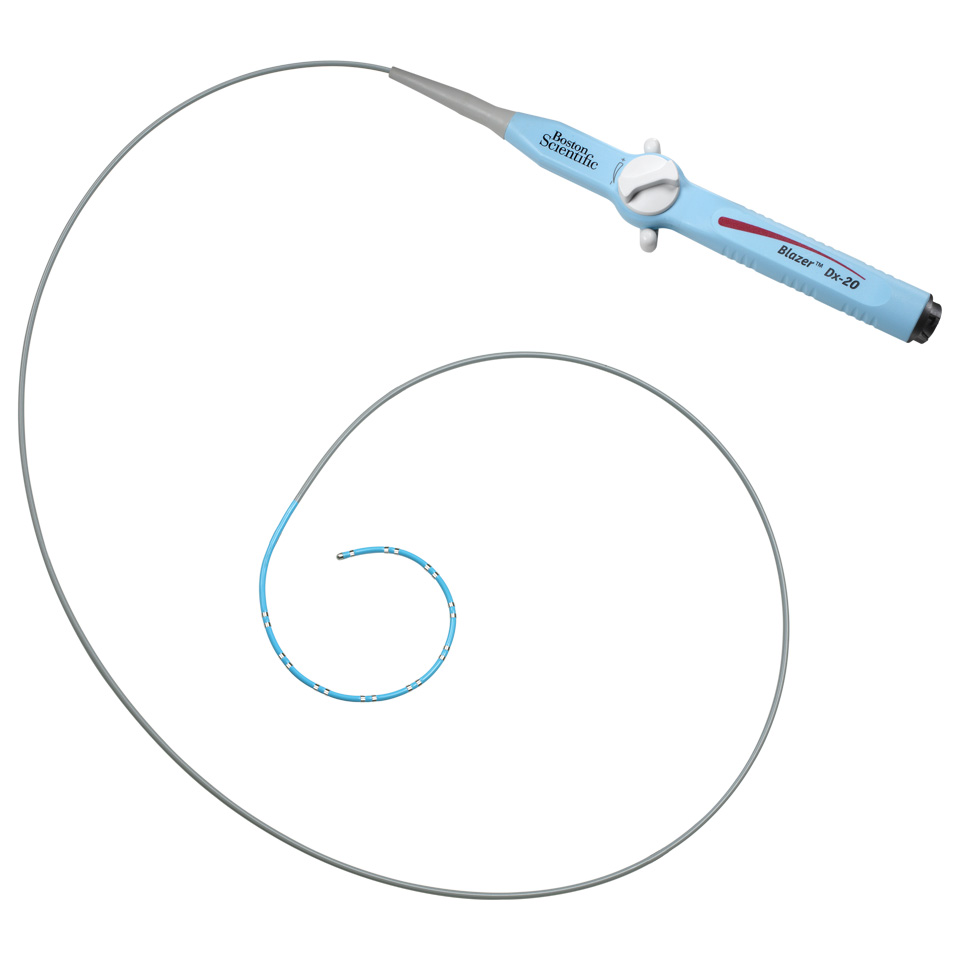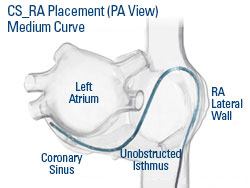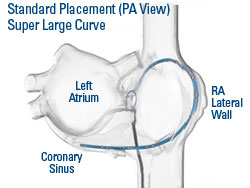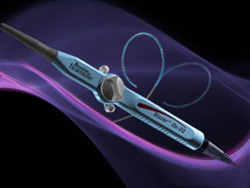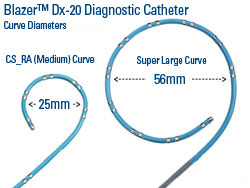BLAZER™ DX-20
Bidirectional Duodecapolar Diagnostic Catheter
Intuitively engineered construction combined with our trusted BLAZER Catheter platform provide a diagnostic catheter designed to function as a physical extension of your hand. Manipulation of the handle translates predictably into movement of the catheter tip. Control and durability provide the confidence of precise tip placement.
Key Resources
Explore
30 Years at the Heart of the Electrograms
Therapeutic & Diagnostic EP Catheters
With over a million procedures performed worldwide over the past 30 years, Boston Scientific’s portfolio of therapeutic & diagnostic catheters remains the industry gold standard.
With over 200 different models featuring sophisticated design, ease of use and proven reliability, our catheter portfolio empowers EP cardiologists to treat their patients with unparalleled performance, stability and safety, without compromise.
The most comprehensive and clinically versatile portfolio on the market, in your hands today!

Product Details
Bidirectional Duodecapolar Diagnostic Catheter on the BLAZER Catheter Platform
- Bidirectional steering to facilitate CS access and advancement
- Backsteering helps secure position in the CS
- Curve-lock helps stabilize tip; creates stable reference point
- Excellent torque response designed to provide predictable handling Soft, Extended Distal Tip designed to minimize the risk of perforation
- Conforms to anatomy providing good electrode contact Alternative CS RA Placement leaves CTI area unobstructed reduces the number of diagnostic catheters required
- Soft, Extended Distal Tip
- Designed to minimize the risk of perforation
- Conforms to anatomy providing good electrode contact
Alternative CS RA Placement
- Leaves CTI area unobstructed
- Reduces the number of diagnostic catheters required
Results in other cases may vary.
















